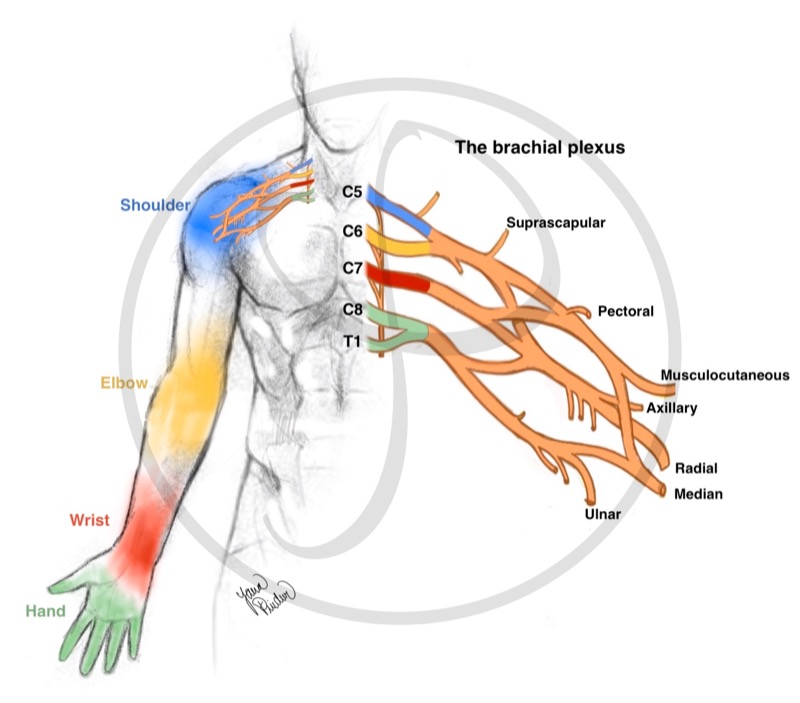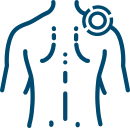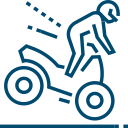Peripheral nerve
Brachial plexus
Surgery for Peripheral Nerve and Brachial Plexus in Madrid
«A muscle that is not connected to the nerve atrophies over time. Therefore, brachial plexus and peripheral nerve injuries should be evaluated by a specialist as soon as possible.»
What is the brachial plexus?
The upper extremities (arms) and lower extremities (legs) are connected to the spinal cord and brain by a complex system of peripheral nerves. These nerves send information for movement or sensation (temperature, pressure, etc.).
There are five nerve roots (called the brachial plexus or C5-T1 roots) that connect the muscles of the shoulder, elbow, and hand to the spinal cord. In the same way, the muscles of the hip, knee and foot are controlled by the lumbosacral plexus.
Five main roots form the brachial plexus in the neck and send signals from the spinal cord to the shoulder, arm, and hand.
C5-C6: they join to form the upper trunk. They control shoulder movement and elbow flexion.
C7: it controls the movement of the elbow extension.
C8-T1: they join to form the lower trunk. They control the movement of the wrist and hand.

MOTOR DISTRIBUTION OF THE BRACHIAL PLEXUS
The muscles of the upper limb are controlled by the different nerves of the brachial plexus to produce certain movements.
Upper limb sensation is controlled by the different nerve roots of the brachial plexus. For example, hand sensation is controlled by C6, C7 and C8 roots, as you can see in the picture.

SENSITIVE DISTRIBUTION OF THE BRACHIAL PLEXUS
Upper limb sensation is controlled by the different nerve roots of the brachial plexus.





